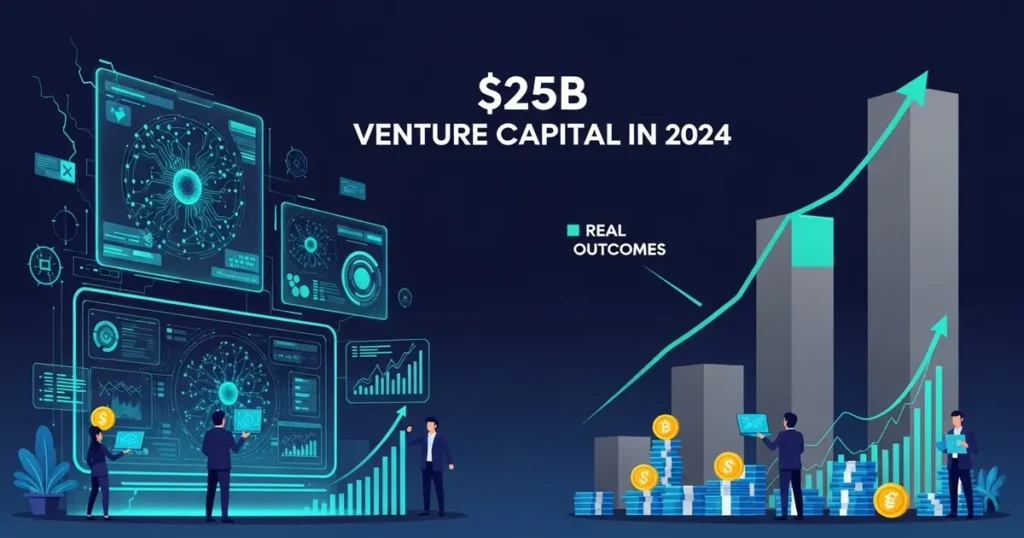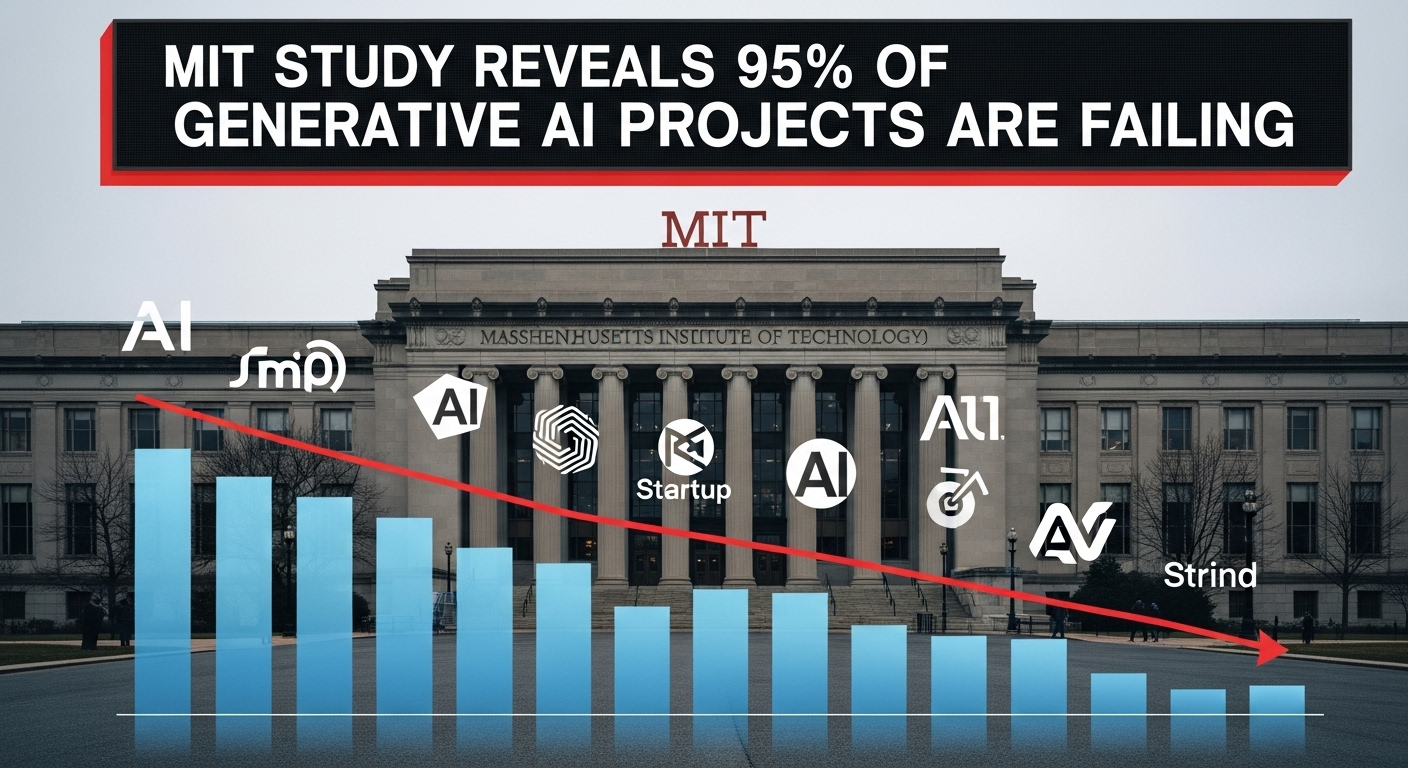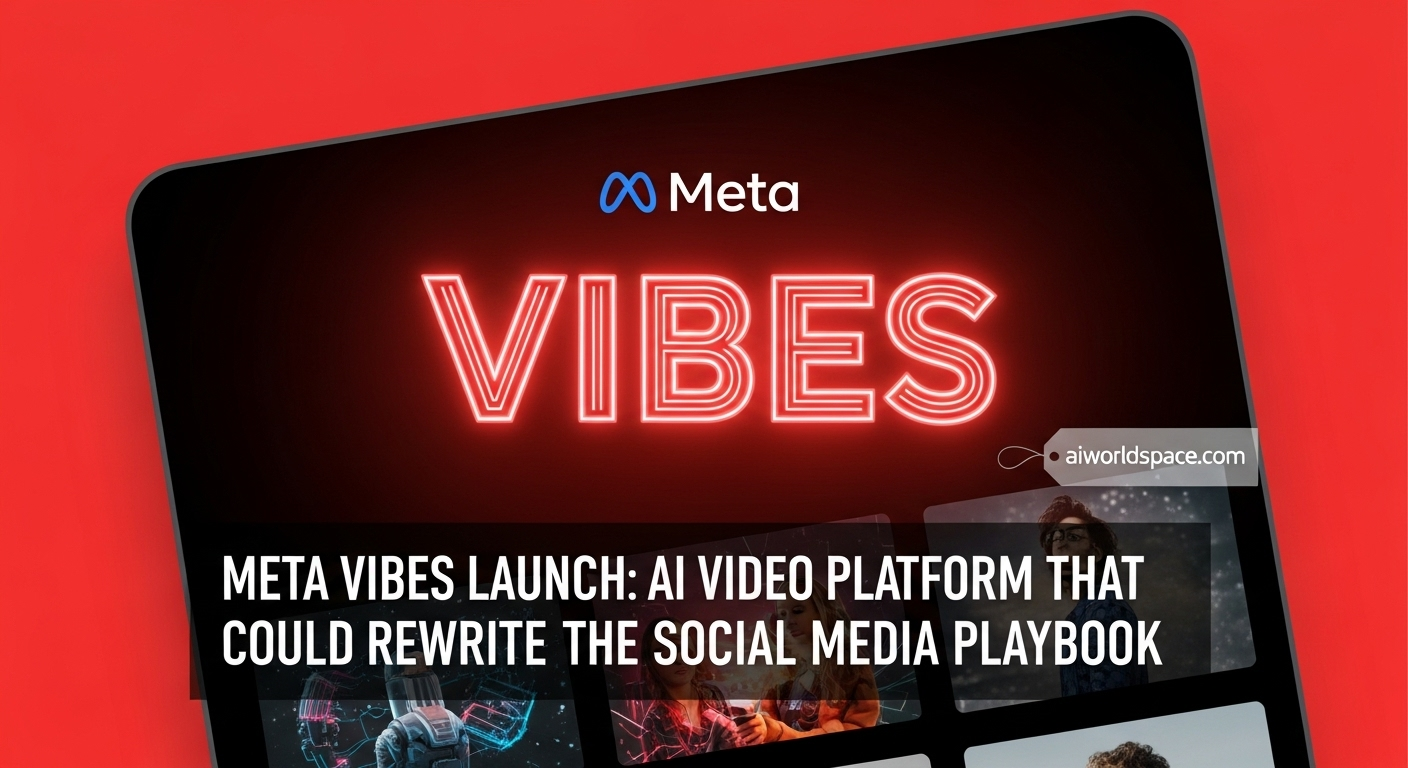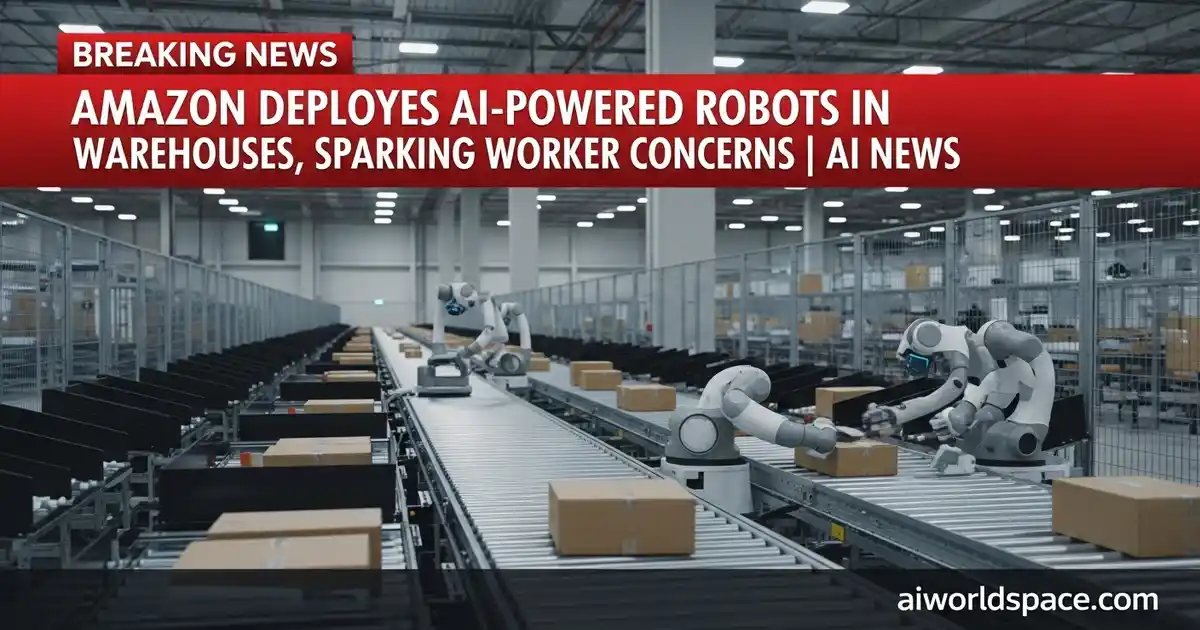Mon, 25 Aug 2025 | New Delhi | Read Time: 4 min
Summary -New study by the Massachusetts Institute of Technology (MIT) has caused shock waves across the tech industry. The study claims that 95% of all generative AI projects aren’t able to scale up or produce tangible commercial value. These findings have led to discussions online, with a lot of people asking how the present AI boom is heading toward the end of a bubble.
Is the AI Gold Rush Already Losing Steam?
In a comprehensive report that was released earlier this week Massachusetts Institute of Technology (MIT) researchers analyzed over 500 intelligent AI projects in North America, Europe, and Asia. The study revealed that, MIT Study Says 95% of Generative AI Projects Are Failing ,while initial pilots offered promise but the majority of them failed to meet expectations when they were deployed due to the cost-intensive projects, a lack of connection to the existing system and a lack of practical use.
Read In Hindi- MIT की स्टडी ने खोली पोल: 95% जनरेटिव AI प्रोजेक्ट फेल, क्या फूटने वाला है टेक बबल?
The study, which is based on 2 years worth of field research as well as interviews with company executives The paper reveals that businesses are eager to adopt AI tools, but without a clearly defined strategy. For instance, industries like healthcare and finance that invest heavily in predictive AI are seeing mixed results as only a tiny fraction of companies reporting significant improvement in terms of productivity or revenue.

Investors and Startups Feeling the Heat
The results come in a period when AI valuations are skyrocketing. Startups in this space have raised billions of dollars, usually only presenting demonstrations of proof-of-concept. According to the data by the MIT study, venture capital for AI-related generative AI companies was over 25 billion dollars in 2024 but only a tiny fraction of these ventures are producing outcomes.

This gap is causing concern in the eyes of investors. Many analysts are warning of the possibility of an “AI winter” if companies are unable to demonstrate the benefits they have achieved in the near future. In social networks, discussions concerning failed AI deployments trend with an X thread about the subject growing to more than 22,000 shares and YouTube videos that analyze”the “AI bubble” crossing 50k views in just one week.
What Experts Say’s
Experts say that the failure rate is not a sign that AI isn’t useful. However, the technology is still in its early times and is susceptible to hype as did in the early days on the web. The MIT researchers emphasized that companies who have clear goals, a know-how in their field and a gradual adoption strategy are much more likely to achieve success.
Yet, the large percentage of failures paints an alarming image: even though AI is a formidable tool however, it’s not a panacea. In the meantime, the tech industry might have to balance its enthusiasm with reality, or else risk seeing the bubble burst before realizing the potential of AI can be realized.
















